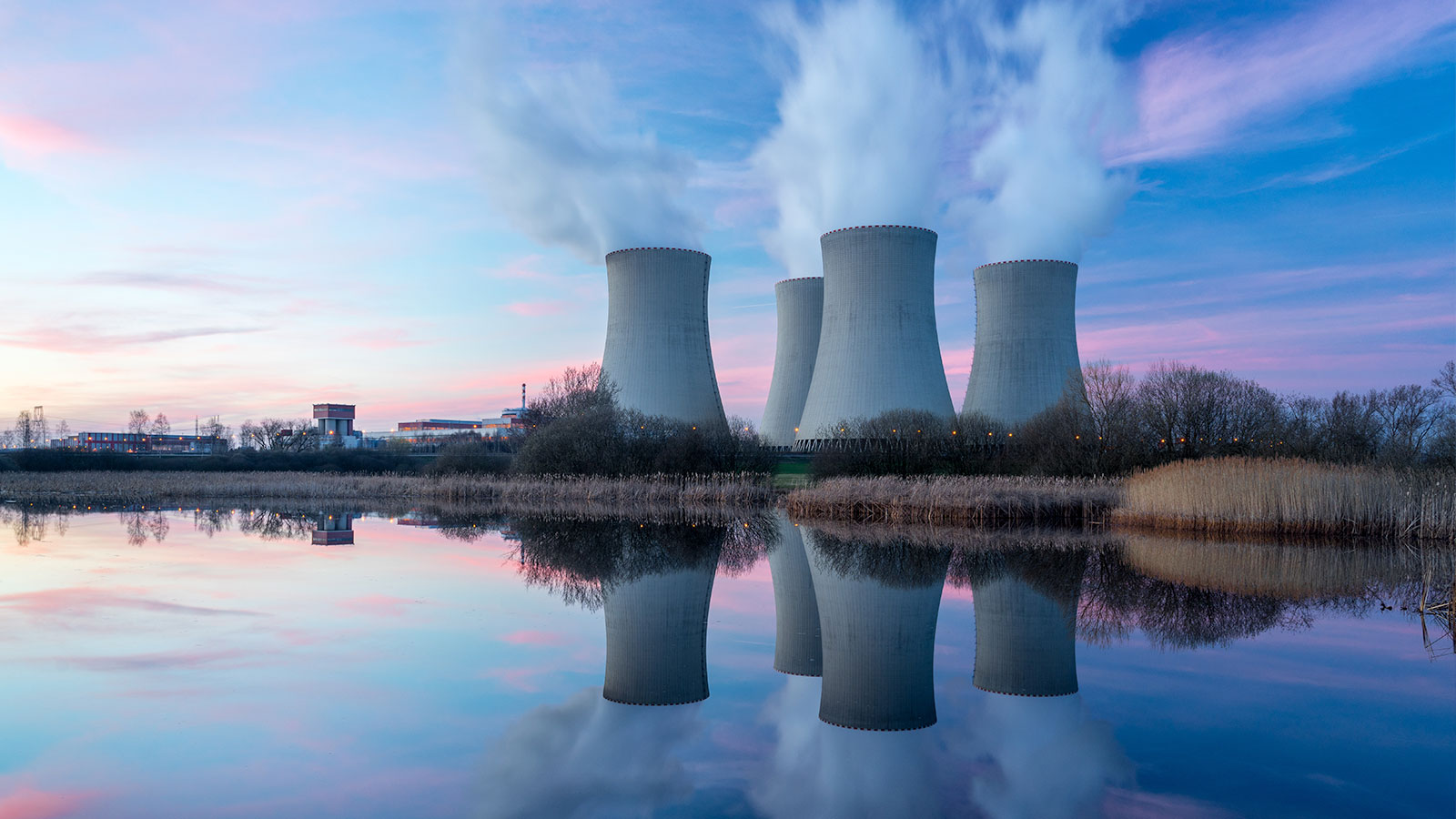The UK Government has unveiled an ambitious roadmap aiming to significantly increase the country’s nuclear power generation capacity.
The plan, described as the most substantial expansion in the sector for the past seven decades, aims to boost nuclear generation to 24 GW by 2050. This increase would provide about a quarter of the UK’s electricity needs.
A key component of the roadmap is the ambition to facilitate 3-7 GW worth of investment decisions in new nuclear projects every five years from 2030 to 2044. That means it’s possible that one or two new reactors could be given the go-ahead during these five year periods, although they would be Small Modular Reactors, like those offered by Rolls-Royce.
That doesn’t mean there won’t be a place for large-scale nuclear reactors like those under construction at Sizewell C in Suffolk or Hinkley Point C in Somerset. In fact, as part of its nuclear ambitions, the UK Government has announced that it will begin exploring new sites for the construction of a new large-scale nuclear power plant.
Prime Minister Rishi Sunak remarked on the importance of nuclear energy for the country’s future, saying, “Nuclear is the perfect antidote to the energy challenges facing Britain – it’s green, cheaper in the long term and will ensure the UK’s energy security for the long-term.”
Industry scepticism at UK Government’s nuclear push
Despite Sunak’s optimism, some within the industry have cautioned the Government’s pivot towards nuclear power, warning of cost overruns and long delays – especially when it comes to large-scale nuclear power plants. In fact, Sizewell C and Hinkley Point C have become cautionary tales when it comes to nuclear projects in the UK, with Sizewell C not expected to be operational until mid-2034 at the earliest, despite being first proposed in 2012.
Meanwhile even SMRs have received their fair share of criticism, with Andrew Warren, Chairman of the British Energy Efficiency Federation, previously writing for Electrical Review about the shortfalls of the technology, and warning that it wasn’t the holy grail many had hoped.
The warnings are not deterring the Government’s nuclear ambitions, however, with it announcing steps to hopefully avoid some of the problems that have plagued Sizewell C and Hinkley Point C in the future.
The roadmap includes plans to streamline the development of new power stations and introduce smarter regulation to expedite the delivery of nuclear power. Efforts such as allowing regulators to assess projects during the design phase and collaborating with international regulators are part of this initiative.
Additionally, two consultations have been launched by the government. The first focuses on a new approach to siting future nuclear power stations, and the second seeks to support the sector and attract private investment for advanced nuclear projects. These consultations aim to empower developers in finding suitable sites, moving away from the previous approach of focusing on eight government-designated locations.
Nuclear power’s investment gap
Streamlining regulation may not be enough to get new nuclear power off the ground, however. As Doug Parr, Chief Scientist at Greenpeace UK, warns, “Every few months the Government makes a grandiose public announcement about future nuclear in the hope that a big investor will believe the hype and step up to fund this 20th century technology, but it isn’t working.
“The energy industry knows that the economic case for slow, expensive nuclear just doesn’t add up, and the future is renewable.”
This is evidenced by the fact that in order to speed up Sizewell C, the UK Government had to step in and spend its own cash. But it may be money well spent, according to the UK Government – especially considering the number of jobs nuclear could create in the coming years. As per the Nuclear Skills Strategy Group’s analysis, achieving the 24GW target will necessitate doubling the civil and defense nuclear workforce over the next 20 years, potentially creating approximately 80,000 skilled jobs across the UK. Although the same could be said of the renewable energy industry, which in 2022 created an estimated one million new jobs worldwide, and is set to continue to grow further in the future.

